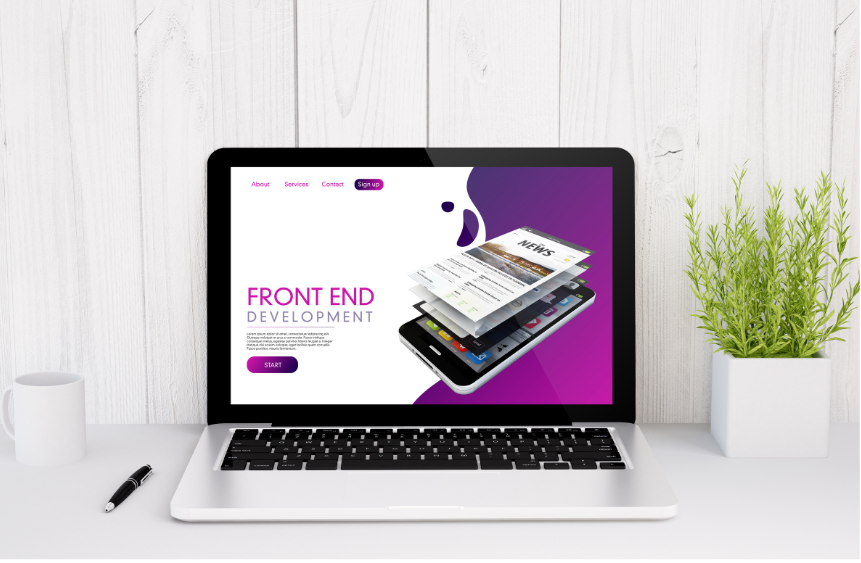The dynamic world of web design is constantly evolving, pushing the boundaries of creativity and functionality. As we step into 2023, the realm of web design is witnessing an exciting wave of innovative trends that captivate and engage users like never before. In this blog post, we’ll explore some of the current trends that are reshaping the digital landscape and providing designers with new tools and techniques to create immersive online experiences.
- Dark Mode Dominance: Dark mode has taken the digital world by storm, and in 2023, it continues to reign supreme. With its sleek and modern aesthetic, dark mode not only reduces eye strain but also enhances the visual appeal of websites. From social media platforms to e-commerce websites, more brands are embracing this trend to provide users with a stylish and immersive browsing experience.
- Minimalism and Micro-Interactions: The minimalist approach in web design remains a strong trend in 2023. Clean layouts, ample white space, and simplified navigation are the cornerstones of this design philosophy. Additionally, micro-interactions play a crucial role in enhancing user engagement. Micro-animations, hovers, and subtle transitions provide feedback and make interactions more intuitive and delightful.
- Immersive Multimedia Experiences: Web design in 2023 is all about creating immersive experiences that captivate users and keep them hooked. The integration of high-quality multimedia elements such as videos, cinemagraphs, and 3D graphics adds depth and dynamism to websites. These elements not only tell compelling stories but also create a visually stunning environment that keeps users engaged for longer periods.
- Bold and Vibrant Color Palettes: Gone are the days of muted color schemes. 2023 is all about embracing bold, vibrant colors to make websites stand out. Designers are exploring unique and unexpected combinations to create eye-catching visual experiences. Whether it’s the use of gradients, duotones, or neons, these vibrant color palettes infuse energy and personality into web designs, leaving a lasting impression on users.
- Custom Illustrations and Iconography: To establish a distinctive brand identity and foster a connection with users, more websites are turning to custom illustrations and iconography. These bespoke visuals help create a unique and memorable look, while also conveying information and guiding users through the interface. Custom illustrations can range from playful and whimsical to sophisticated and elegant, aligning with a brand’s personality and message.
- Voice User Interface (VUI): The rise of voice assistants and smart speakers has paved the way for voice user interfaces (VUI) to gain prominence in web design. In 2023, designers are integrating voice commands and interactions into websites to provide a hands-free and seamless user experience. VUI not only enhances accessibility but also allows users to navigate and interact with websites using voice commands, making interactions more intuitive and convenient.
- Augmented Reality (AR) Integration: Augmented reality has evolved from being a novelty to a powerful tool in web design. Brands are leveraging AR to create interactive and immersive experiences that bridge the gap between the digital and physical worlds. From virtual try-on features for e-commerce to interactive product demonstrations, AR integration enhances user engagement and provides a unique and memorable browsing experience.
Conclusion: Web design in 2023 is an amalgamation of striking visuals, immersive experiences, and user-centric functionality. As designers continue to push the boundaries of creativity and technology, these trends pave the way for innovative and captivating web experiences. From dark mode aesthetics to custom illustrations, the trends discussed in this blog post provide a glimpse into the current state of web design, showcasing the industry’s commitment to delivering exceptional online experiences in the ever-evolving digital landscape.

